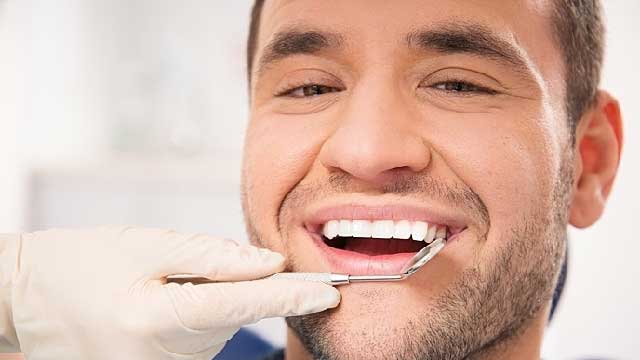Dental Clinic Treatments
There are many dental treatments available at a clinic. Some are free or low-cost and some can be performed by a dental specialist.
The most common types of dental procedures are fillings, root canals and crowns. This article will help you understand what they do and how you can use them to treat your teeth.
Table of Contents
Dental Implants
Dental implants are replacement teeth that are surgically placed into the jaw. They look, feel and function like natural teeth.
Implants are a conservative long-term solution for missing teeth and can be used for single or multiple teeth. They are an alternative to dentures or bridges and are ideal for people who have healthy gums and adequate bone in the jaw.
Treatment planning includes X-rays to determine how much bone is present in the upper and lower jaw. If there is insufficient bone, bone grafts may be necessary to replace missing bone before dental implants can be placed.
Crown Lengthening
Crown lengthening is a procedure that aims to remove gum tissue and bone to expose more tooth structure. It is often performed for therapeutic and cosmetic reasons.
Excess gum tissue, commonly referred to as a “gummy smile,” can make a person’s teeth look short and uneven. This can lead to a number of health concerns, including an increased susceptibility to periodontal disease and damage to the supporting bone and teeth.
At the Dental Clinic, we can perform a crown lengthening to address excessive gingival display, a condition known as a “gummy smile.” The treatment will expose more of your teeth and give you a straighter, longer, and healthier-looking smile.
Dental Bridges
Dental bridges near you are an effective way to fill gaps caused by missing teeth. They require two crowns to be placed on the teeth on either side of the gap (known as abutment teeth).
For traditional and cantilever dental bridges, dentists need to remove a small amount of enamel from the abutment teeth before attaching the crowns. This is because the abutment teeth need to be strong and dense to support the crowns.
Alternatively, dental implants can be used to anchor the bridges in place. This requires surgery to place the implants and time for the patient’s jawbone to heal.
Teeth Whitening
Teeth whitening is a popular treatment used to improve the appearance of dark or discoloured teeth. The procedure is best carried out by a dental professional such as a dentist, hygienist or oral health therapist.
The Dentist Gold Coast will examine your teeth and assess whether you are a good candidate for this treatment. They will then provide you with a professional whitening gel that will whiten your teeth.
This is a safe and effective treatment that can produce dramatic results. However, it is important to remember that whitening can cause sensitivity. It is advisable to protect your teeth during the whitening process by drinking non-staining beverages such as water and coffee.
Porcelain Veneers
Porcelain veneers are thin custom-made shells that our dentist can apply to the front surface of a tooth to conceal surface-level issues like stains, chips, or minor misalignment. They are the most conservative alternative to crowns, requiring only a small amount of tooth structure to be prepared for placement.
Before placing porcelain veneers, our dentist will take pictures and X-rays of your teeth to establish the treatment plan. Then, he or she will prepare your teeth by trimming a small portion of the enamel to make room for the new veneer.
Root Canals
A root canal is a dental treatment that removes damaged or infected pulp inside the tooth. It’s a relatively painless procedure that preserves your natural tooth for a long time.
Root canal therapy is needed when a tooth’s soft inner tissue (pulp) becomes infected or injured due to a variety of reasons, including deep tooth decay or trauma.
Your dentist will evaluate the affected tooth and take X-rays to determine whether you need a root canal or another type of treatment. If you are apprehensive about the procedure, your dentist may recommend sedation dentistry to make the process more comfortable for you.
Extractions
Tooth extractions are an important treatment option when there is a tooth that is damaged or dysfunctional, and no other dental solution is available to fix it.
The dentist will numb the area with lidocaine or nitrous oxide gas to reduce pain during the procedure. They will then use tools like elevators and forceps to enlarge the socket and remove the tooth.
Immediately after the extraction, bleeding commonly occurs, and the doctor may place a gauze pad over the site to help slow it down. The gauze will need to be removed a few hours later when the blood clot has formed.
